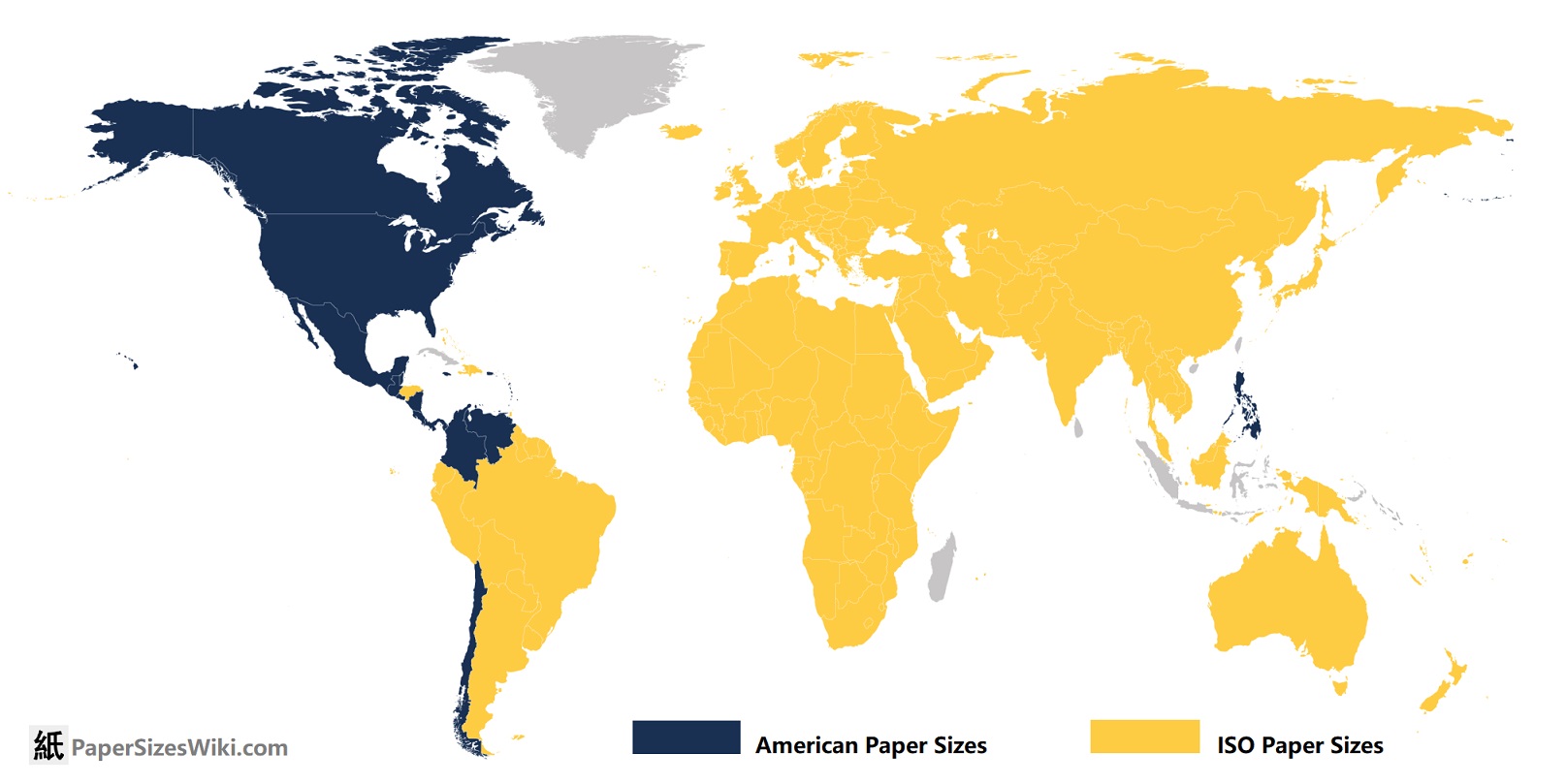What is B2 Paper Size
Definition
The B2 size is part of the ISO 216 standard, which defines international paper sizes based on a consistent aspect ratio of 1:√2. This makes the B-series, including the B2, highly adaptable for various uses, especially where a larger format is required. While not as common as the A-series in many countries, the B2 paper size is still widely used in specific industries, particularly in Europe and other countries that follow the metric system.
Dimensions
A piece of B2 paper measures 500 x 707 in mm, 50.0 x 70.7 in cm, and 19.69 x 27.83 in inches. This size is significantly larger than the common letter paper in the US (8.5 x 11 paper), and even larger than the 17 x 22 paper. It is used for a wide range of professional and commercial applications.
While B2 paper is larger than the typical A-series sizes, it is still relatively manageable compared to other B-series formats, such as B1 or B0. Its dimensions are often ideal for printed materials that require space but do not need to reach the massive scale of B1 or B0 formats.
Layout
Below is the layout of B2 size in inches and mm. It is 50.0 x 70.7 in cm.

Origin and Historical Context
The B2 paper size, like all B-series sizes, traces its origins to the early 20th century, when Germany introduced the DIN 476 standard for paper sizes. This was the precursor to the ISO 216 system, which became the global standard for paper sizes. The B-series was developed with the goal of providing more flexibility than the A-series, especially for large-scale printing and specialized applications.
The B2 paper size fits into the middle range of the B-series, larger than the B3 but smaller than the B1. The B-series was designed to have an aspect ratio of 1:√2 (approximately 1:1.414), allowing users to halve or double the paper sizes while maintaining the same proportions. This makes it easier to scale documents for various printing needs, from small to large formats.
Uses of B2 Size
The B2 paper size is used in a variety of industries, especially where large-scale prints or detailed designs are required but a massive sheet of paper is not necessary. Some common applications include:
- Posters and Display Graphics: Due to its large but manageable size, B2 paper is often used for medium-to-large posters, advertisements, and display materials that need to stand out in a retail or public setting.
- Architectural and Engineering Plans: B2 paper is used in architecture, engineering, and construction for medium-scale plans, schematics, and blueprints. It’s a practical size for presenting detailed technical drawings without the unwieldiness of larger formats like B1.
- Art Prints and Photography: Artists and photographers often choose B2 for printing images that require a higher level of detail but don’t need the sheer scale of larger formats. It provides ample space while retaining high resolution for fine art prints and photography.
- Calendars: Large-format calendars, such as wall calendars, may use B2-sized sheets. The space allows for detailed designs and illustrations to be incorporated into each month.
- Packaging: Some specialized packaging designs and marketing materials are printed on B2 paper, particularly when a medium-sized layout is needed.
Regions of Use
The B2 paper is widely used around the world, especially in European and Asian countries. For example, countries such as Germany, Japan and South Korea use B2 paper extensively in printing and design.

B2 Size in inches
19.69 x 27.83 in
B2 Size in cm
50.0 x 70.7 cm
B2 Size in mm
500 x 707 mm
B2 Dimensions Table
| Size # | in inches | in mm | in cm |
| B2 | 19.69 x 27.83 in | 500 x 707 mm | 50.0 x 70.7 cm |
B2 Dimensions in pixels
B0 dimensions vary in pixels, depending on the PPI/DPI applied.
| Size # |
72 dpi/ppi (screen resolution) |
96 dpi/ppi (screen resolution) |
300 dpi/ppi (print resolution) |
| B2 | 1417 x 2004 | 1890 x 2672 | 5906 x 8350 |
* PPI (pixels per inch) = DPI (dots per inch) = Resolution
Advantages & Disadvantages
Advantages
The relatively large size of B2 paper provides more space for designers to work with. B2 paper also has good stiffness and flatness, making it suitable for high-quality printing. In addition, B2 paper also has high visibility, making it easier to attract attention.
Disadvantages
B2 paper is large in size, so it may cause some inconvenience during storage and handling. In addition, the presses and equipment used to make B2 paper require more space.
B2 Size Equivalence in US
In the United States, the B2 paper size does not have a direct equivalent in the standard paper sizes used there, such as Letter (8.5 x 11 inches) or Tabloid (11 x 17 inches). However, the B2 size is similar to the 20 x 28 inches size used for certain posters, technical drawings, or art prints.
Some US printers also use a size close to 18 x 24 inches, which can be a practical alternative for some B2 applications, especially for medium-sized posters or prints. While there is no perfect match, these sizes provide a comparable area for the types of work typically done with B2 paper.
Main Facts
The B2 paper size, is a flexible and popular choice for industries that require large-format printing but don’t need the extra-large scale of sizes like B1 or B0. Its uses span a wide range of fields, including advertising, architecture, art, and packaging. While there isn’t an exact equivalent in the US paper sizes, dimensions like 20 x 28 inches and 18 x 24 inches are close substitutes. Understanding the B2 format is important for those working in design, printing, and other creative industries, especially where large visual presentations are needed.